After NASA confirmed the plant’s toxin-cleansing properties, a new study defined which ones are best for removing each chemical.
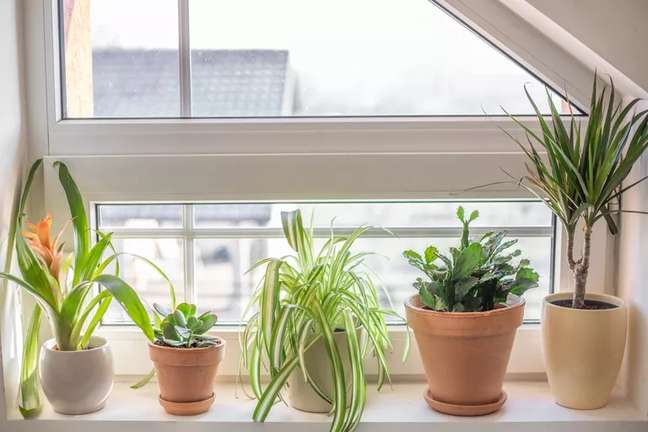
Unsurprisingly, houseplants are great when it comes to health. Among their many advantages, one stands out: them remove toxins from the air. And it’s not just a belief!
NASA, given its interest in improving indoor air quality, has done extensive research on this aspect and concluded:
“Both the sheets as for roots of plants are used to remove traces of toxic vapors from the inside of hermetically sealed buildings. Low levels of chemicals such as carbon monoxide and formaldehyde can only be removed from indoor environments by plant leaves. “
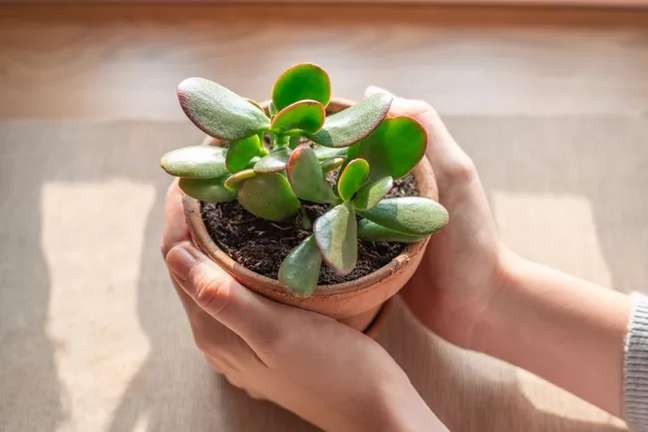
What’s new now is that new research has found that some plants are better at removing specific harmful compounds.
Further examining the idea of how houseplants can ward off the potentially harmful effects of volatile organic compounds (VOC), one of the main categories of air pollutants, a team of researchers found that some plants are better at removing specific compounds from the air – this is particularly significant for indoor air, as studies have shown that the indoor air can have three to five times more polluting compared to the outside.
These plants are: jade plant, chlorophyte, bromeliad, Caribbean tree cactus and dracaena. Learn more about the research below:
I study
“Buildings, new or old, can have high levels of VOCs, sometimes so high that you can smell them,” says Vadoud Niri, Ph.D. study director.
VOCs include chemicals such as acetone, benzene and formaldehyde – are emitted as a gas and can cause short- and long-term health effects. Invisible to sight, the compounds come from common things many of us have around the house, innocent things like furniture, copiers and printers, cleaning products, and even dry-cleaned clothes.
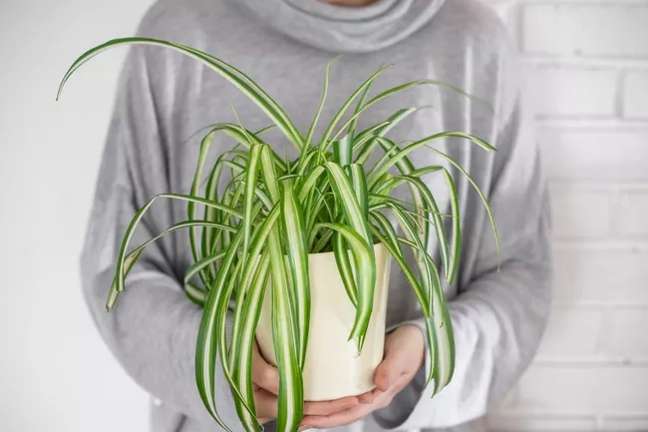
“Inhaling large amounts of VOCs can lead some people to develop sick building syndrome, which reduces productivity and can even cause dizziness, asthma or allergies,” says Niri. “We should do something about indoor air VOCs.”
Since NASA research in the 1980s, several studies have looked at how plants work their magic on air quality, but most research has looked at individual plants’ removal of individual VOCs. Niri wanted to compare the efficiency of the simultaneous removal of different compounds by a number of plants.
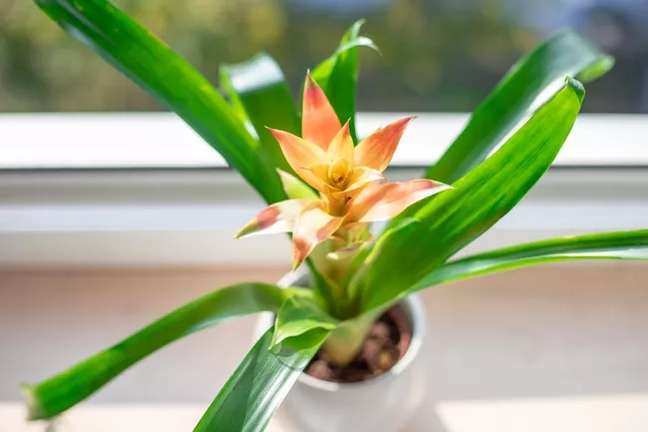
You can see more of how the research was conducted in the video below, but basically he and his team a New York State University in Oswego they used a sealed chamber in which they monitored VOC concentrations for several hours with and without a different type of implant.
For each plant, they measured the compounds the plants absorbed, the rate at which they removed these VOCs from the air, and the amount of them removed altogether. They employed five plants and eight VOCs.
It turned out that all the plants were good at removing acetone, except the plant dracaena absorbed more chemical – about 94%. Bromeliads were great at removing six of the eight VOCs, absorbing more than 80% of each over a 12-hour sampling period. Similarly, the jade plant it was very good for toluene removal.
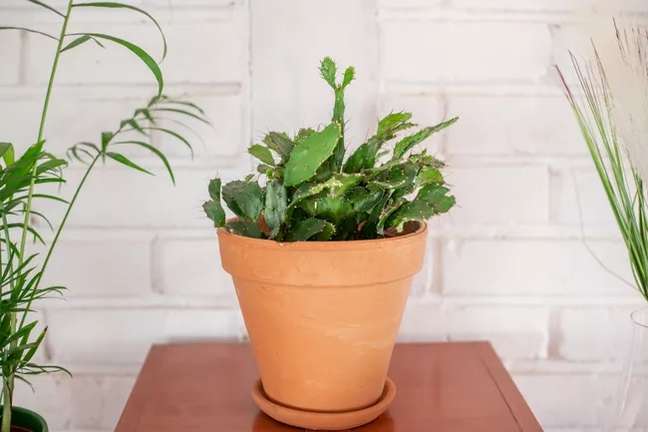
During a press conference for the American Chemical Society’s 252nd National Meeting and Exhibition, where the research was presented, a reporter asked if the process made plants sick.
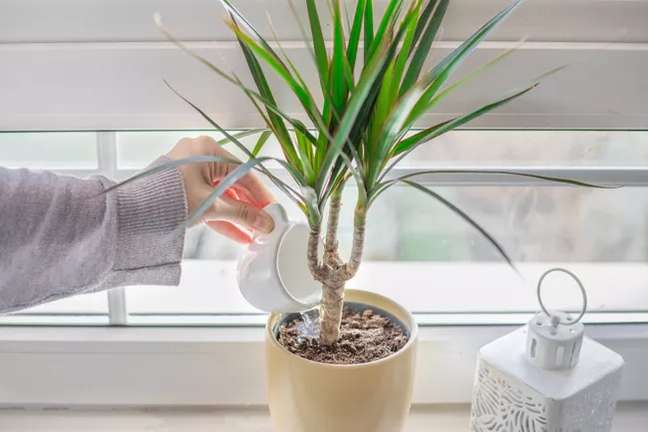
Niri then replied that her 11-year-old daughter had wondered the same thing, asking if this wasn’t abusing the plants. Although the scientist has ensured that low levels of VOCs do not harm the plant, this is a great reminder to respect these leafy green organisms who work so tirelessly on our behalf.
* Via Tree Hugger
Source: Terra
Benjamin Smith is a fashion journalist and author at Gossipify, known for his coverage of the latest fashion trends and industry insights. He writes about clothing, shoes, accessories, and runway shows, providing in-depth analysis and unique perspectives. He’s respected for his ability to spot emerging designers and trends, and for providing practical fashion advice to readers.






